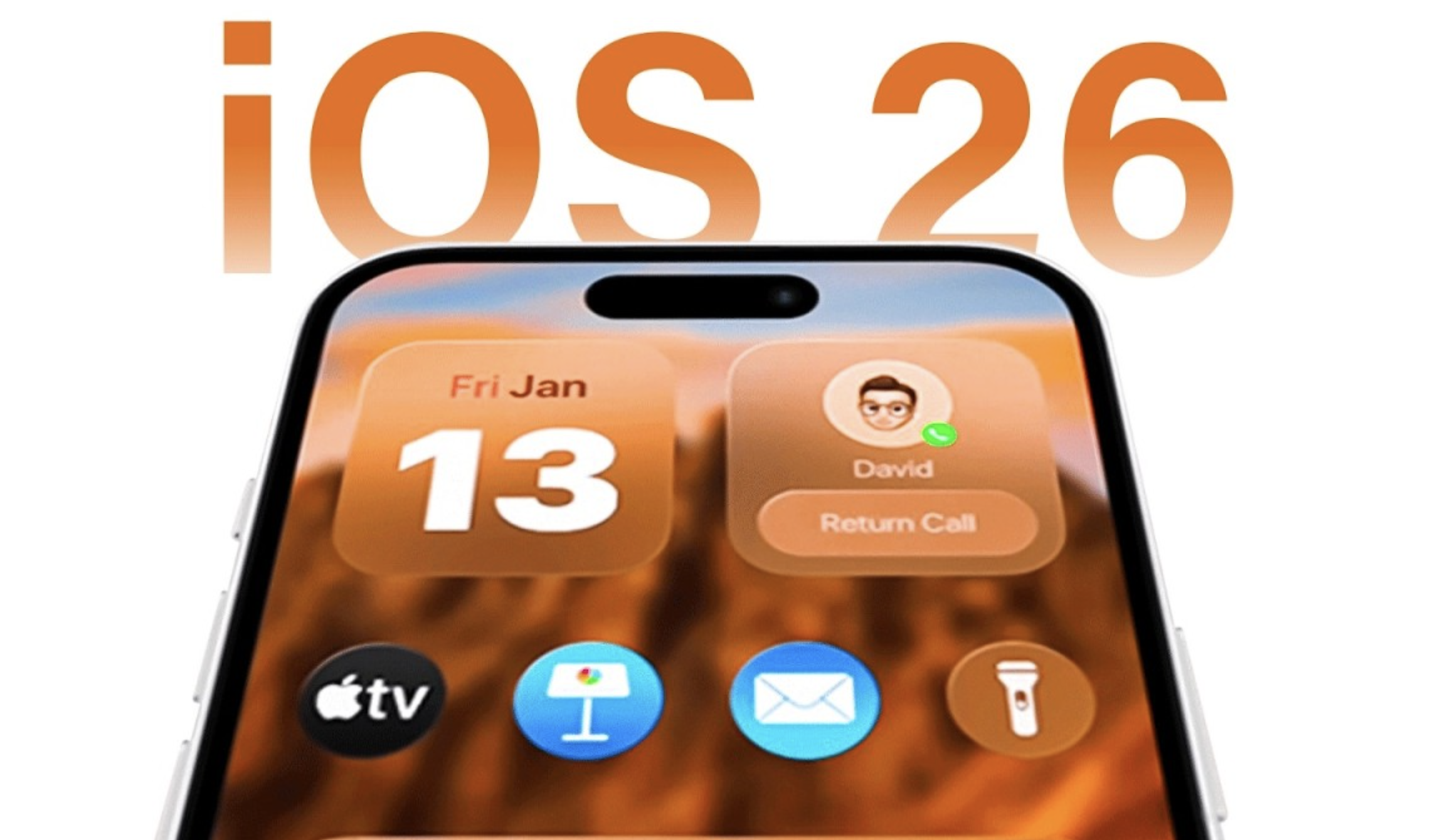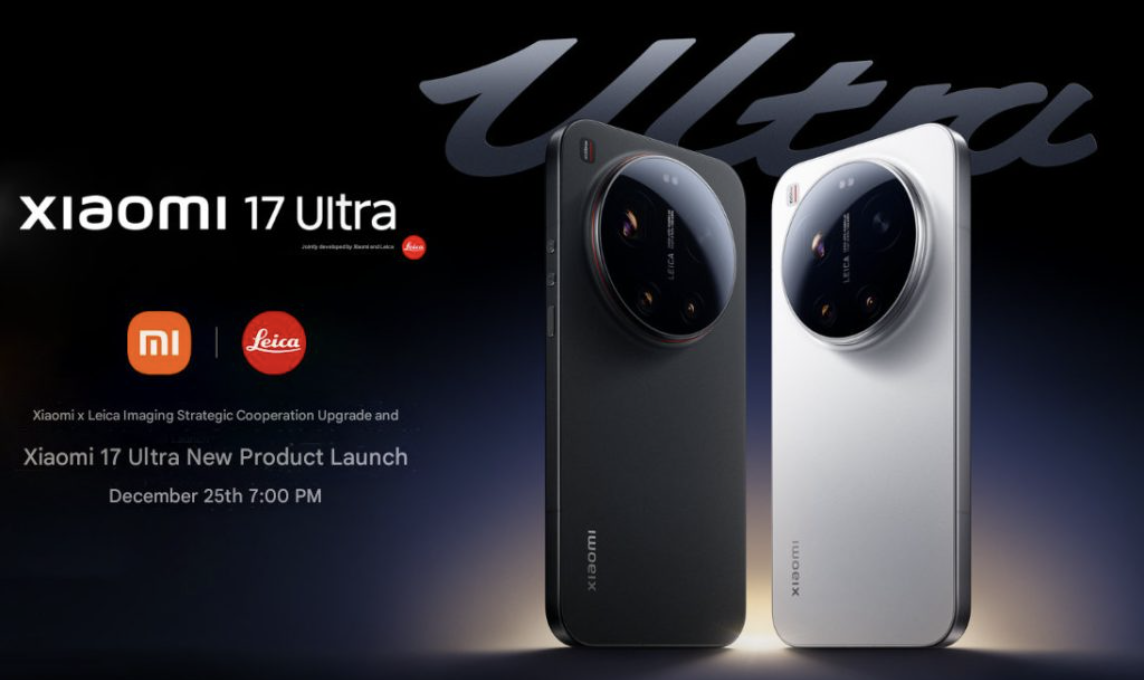With the recent launch of the latest iPhone 15 series, a number of reviewers and users have observed that the Pro models tend to experience rapid heating. Although the A17 Pro chip used in these Pro models shares a structural similarity with its predecessor, the A16, most of the improvements can be attributed to adjustments in clock speed, cache optimization, and the addition of an extra GPU core.

Heating Challenges in iPhone 15
Let’s have a closer look at A17 Chip and the Cooling Issues!
Recent reports indicate that the A17 chip, developed by TSMC, has a tendency to overheat even during regular usage. Additionally, there is speculation that the primary reason for iPhones overheating is the new Grade 5 titanium frame.
Nonetheless, a well-known tipster on X (formerly Twitter), named Sondesix, suggests that Apple is to blame for the insufficient cooling mechanisms in their flagship phones. He stated:
This article will shed light on the heating problems of the iPhone 15 and the recent reports surrounding it.
Apple’s A17 Pro, being the world’s first 3nm chipset, offers improved performance but reportedly has a tendency to overheat. This issue has garnered feedback from numerous users across different platforms.
Recent reports indicate that the iPhone 15 Pro tends to overheat and reduces its performance to protect itself from potential damage. If the temperature reaches a maximum of 118.4 degrees Fahrenheit, the phone could potentially cause first-degree burns, and the inclusion of a titanium body in the iPhone Pro exacerbates this concern.
Assessing Cooling Solutions and Performance Challenges in iPhone 15 Pro Models
According to Sondesix, a vapor chamber cooling system is necessary for modern flagship phones, especially when the materials used are inadequate in heat dissipation.
Furthermore, Apple increased the wattage of the A17 Pro chip to achieve desired benchmark results, as theorized by popular YouTuber Vadim Yuryev. However, this increased power usage may have negative effects on battery life and heat dissipation.
Yuryev acknowledges that the benchmark scores are impressive considering the mobile chipset, but a reviewer from TechTablets confirmed that the iPhone 15 Pro Max encounters throttling with the A17 Pro chip. After 20 minutes of GPU-intensive use, performance had dropped by nearly 34%, and within just two minutes, there was a loss of almost 25% of performance.
If you are considering purchasing the latest Pro models of the iPhone and are wondering whether to make the investment, it’s important to keep in mind that despite their impressive features, there are downsides, including throttling and overheating. These issues can impact the phone’s day-to-day performance, so it’s advisable to wait for additional reviews before making a decision.














